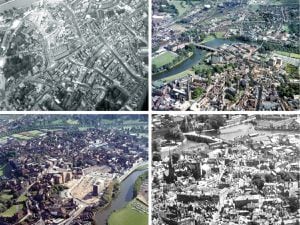Sixties Shrewsbury dug a hot idea to beat the freeze
In the Swinging Sixties, Shrewsbury was a go-ahead sort of place which was a pioneer of a remarkable roads scheme which, if it had caught on, would have revolutionised winter driving.
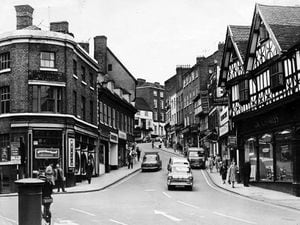
But it didn't, and it didn't.
Today we are familiar with major sports pitches being heated so that they don't freeze up. So why not do the same with roads?
And in Shrewsbury, what better place to do it than the steep bank at Wyle Cop, a main entry point to the town centre and a big choke point if snow and ice makes it impassable, as happened earlier this winter.
With Shrewsbury having an image of being a bit conservative, it may seem a bit out of character for it to embark on a project to put under-surface road heating at Wyle Cop.
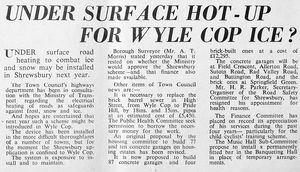
However, this was the space age with a can-do spirit prevailing. Lots was going on in the county town, with redevelopment down on the old cattle market site, building of a new Shirehall, there were various road plans and road schemes, old buildings were knocked down, and there was a thriving entertainments scene which saw top bands coming to buzzing Shrewsbury venues.
On top of it all, Shrewsbury Town had some spectacular runs in the FA Cup.
Pinning down the exact details of the scheme has proven problematic - and if any reader has information, do let us know - but it was conceived during the famously terrible winter of 1962-63, in which the freeze-up lasted weeks.
The Shrewsbury Chronicle of February 8, 1963, reported: "Under-surface road heating to combat ice and snow may be installed in Shrewsbury next year.
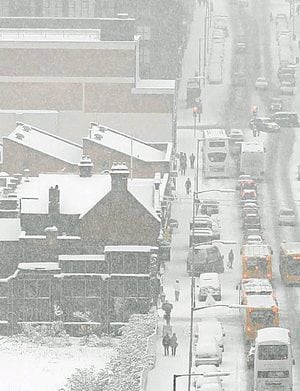
"The town council's highways department has been in consultation with the Ministry of Transport regarding the electrical heating of roads as safeguards against frost, snow, and ice.
"And hopes are entertained that next year such a scheme might be introduced in Wyle Cop. The device has been installed in the more difficult thoroughfares of a number of towns, but for the moment the Shrewsbury application is confined to Wyle Cop.
"The system is expensive to install and to maintain. Borough surveyor (Mr A.T. Morris) stated yesterday that it rested on whether the Ministry would approve the Shrewsbury scheme - and that the finance also made available."
When it happened we don't know, but the project definitely went ahead.
Renowned Shrewsbury historian and author David Trumper said: "I remember it being done. It was done after that very bad winter of 1962 to 1963 when there was chaos. It definitely happened and it was successful for a very short time because the utilities went down there - the gas board and the electricity and the water people - and of course the road was dug up and it was damaged.
"It was from the foot of the slope right to the top. From what I remember it was electric and warmed underneath. It was like a grill system going down. They would warm it up I suppose by electricity, a bit like a toaster.
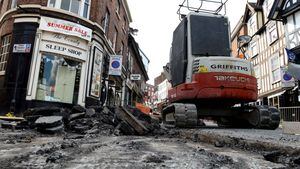
"It was actually underneath the road. To be honest with you it's a very vague memory. I can remember them doing it. I'm sure it was like a lattice system of metal going down which could be heated - that's my recollection.
"It was probably there a couple of years. I don't ever remember it being used in the 1970s. There were things in the paper about the utilities digging up the road and damaging it."
Although the under-surface road heating was not a lasting answer in Shrewsbury, it remains both technically possible, and a reality, with a number of different systems available.
For instance, in some countries in Scandinavia, and also in Iceland, heated water pipes run beneath some roads and pavements ensuring they remain ice-free.
In Britain, there has been a successful trial of under-road heating on an access road next to the M1 at Toddington.
In the 1960s Shrewsbury proved that it could work - so long as you don't keep digging up the road again.

